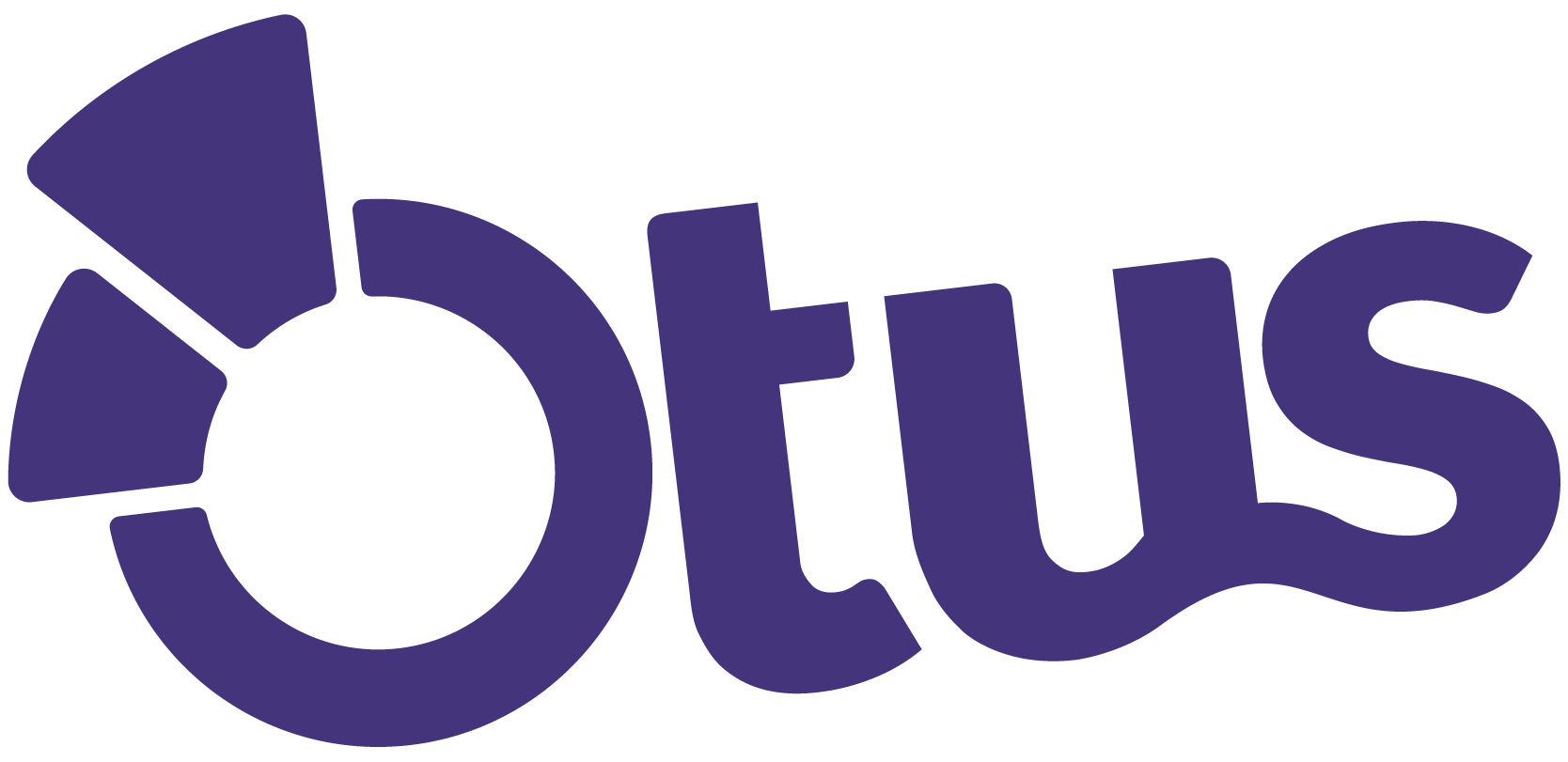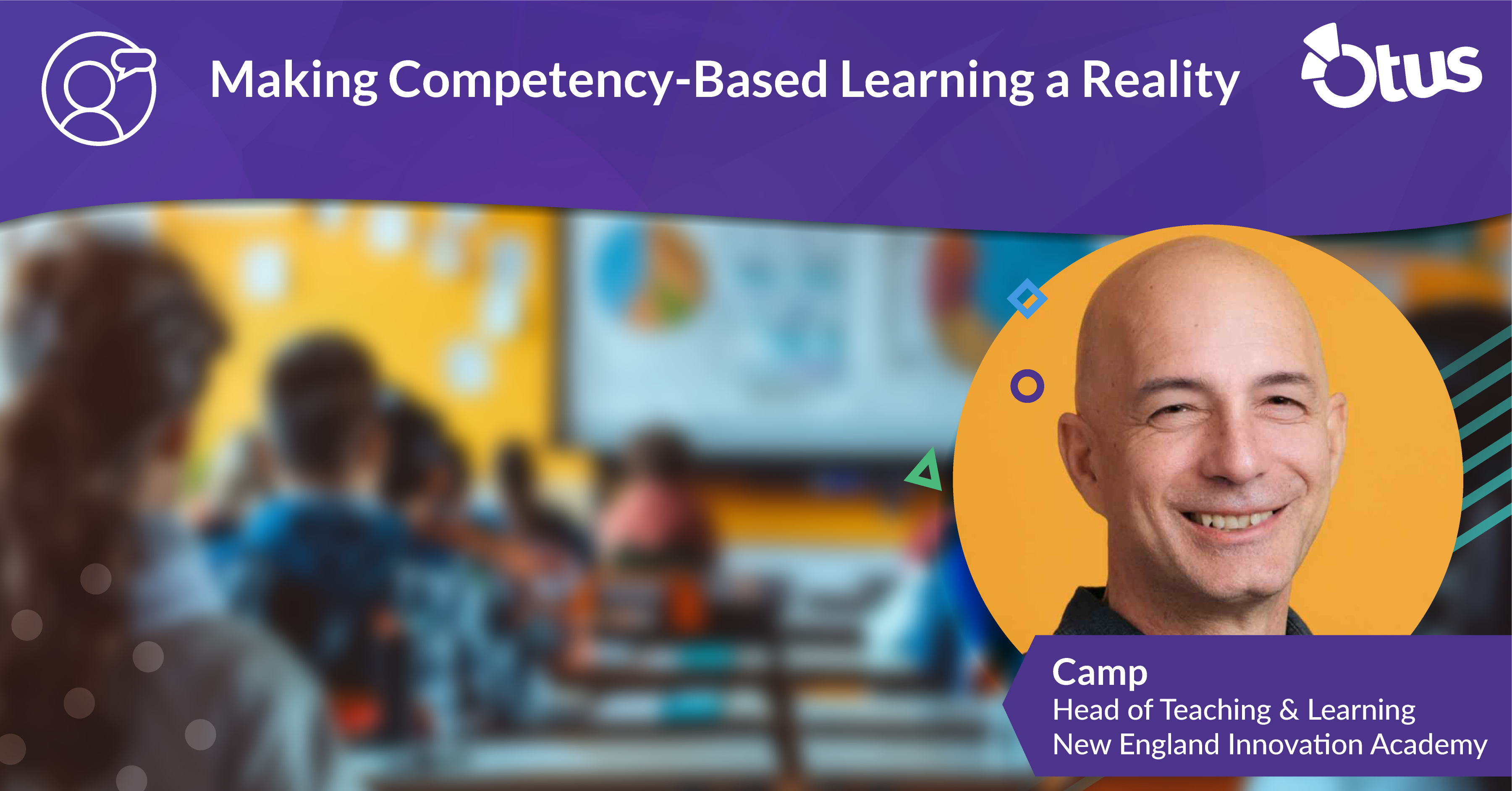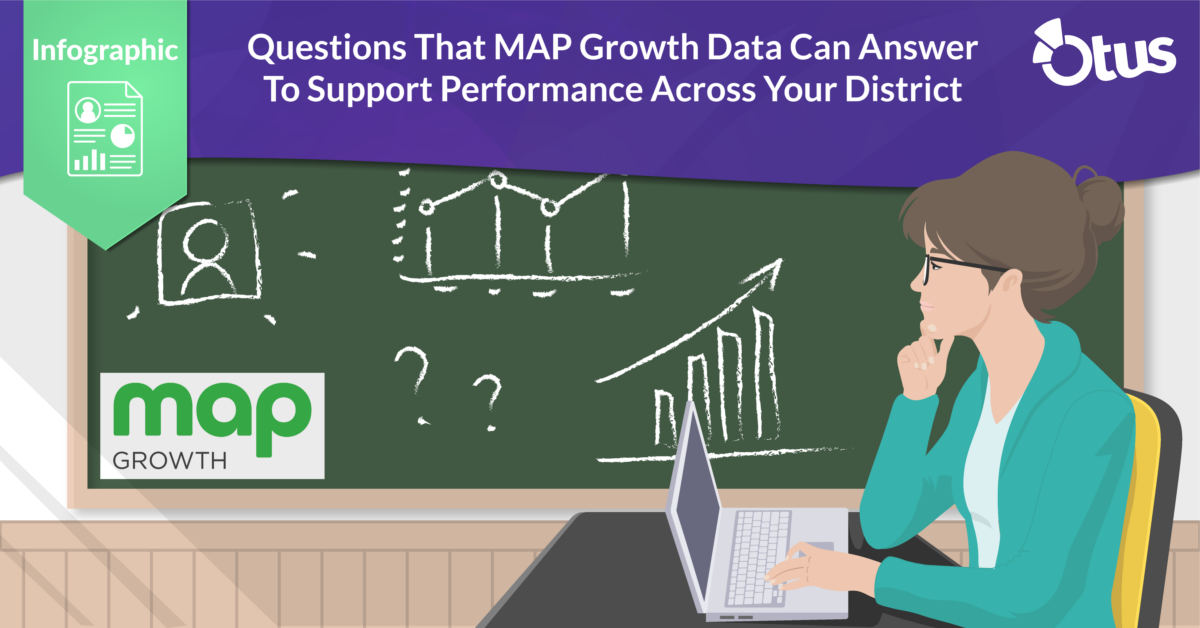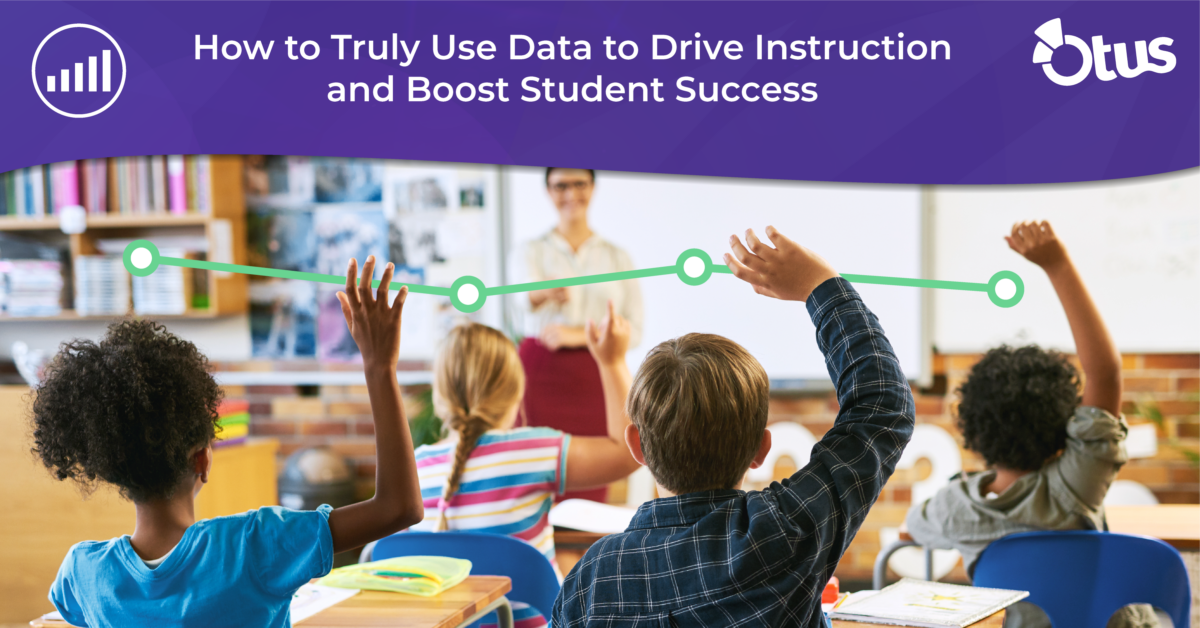As a teacher, you know this better than anyone: you don’t always have time to call a parent or meet in person. But you know teacher-parent communication is central to the success of your students and your effectiveness as a teacher.
Using new technology for the classroom like email, text, blogs, or classroom management software to communicate and interact with parents can be helpful, but at times, technology introduces new challenges. How can you ensure the pros outweigh the cons when using technology to communicate with parents and legal guardians?
The Pros and Cons of Using Technology to Communicate
As an efficient way to get parents involved, technology can save you valuable time. Given the variety of ways to communicate with parents using technology—you can provide a written account of what was said, allow for quicker response times, and let parents know what’s going on in the classroom—without another piece of paper floating around their house (assuming the paper makes it home).
Using technology to communicate with parents also helps minimize accessibility issues by letting you engage and share information with parents who are unable to take calls during the workday. And technology can make it easier to communicate with parents with disabilities and parents who do not speak the same primary language as you do.
On the contrary, integrating new technology in the classroom can be challenging. Increased transparency and access can make parents feel more entitled to know everything about your classroom. Think: The dad who emails you a bulleted list detailing why his daughter should receive a 90 percent rather than an 87 percent. Technology can also minimize student ownership—with students shifting their responsibilities to their parents.
Good news. Your classroom can benefit from the pros of digital communication without suffering from the cons. Here’s how.
Overcoming the Cons of New Technology in the Classroom
- Minimize parent entitlement. You’re right: Increased classroom transparency can encourage helicopter parents. Resist the temptation to turn parent urgency into your own urgency. When you incorporate new technology into the classroom, set and maintain communication boundaries just as you do with phone calls and in-person meetings. State your expectations and communicate an anticipated response time.
- Reinforce student responsibility. All-in-one hubs for academic learning and social and emotional growth like Otus, can be used to reinforce student responsibility rather than transfer ownership to a parent. Martha, a teacher in Chicago said, “[With Otus], parents don’t have to wait for graded papers to come home. Kids can use [Otus] as a platform to show off their own learning and their own success.”
Benefitting from the Pros and Eliminating the Cons
Educational technology can make it easier for teachers to engage K-12 parents. By combatting parent entitlement and reinforcing student responsibility, teachers can benefit from the pros of new classroom technology without suffering from the cons.
Martha said, “The Otus team has helped [our teachers] out an incredible amount with feeling motivated… I feel rejuvenated—like I can go in and do it again the next day.”
Classroom management systems like Otus provide documentation, enable quicker response times, accommodate accessibility issues, and most importantly, contribute to the success of your students.
If you are an administrator looking for the best K-12 learning platform, Otus is one system to teach, grade, and analyze. Find more info here, or request a demo below.




